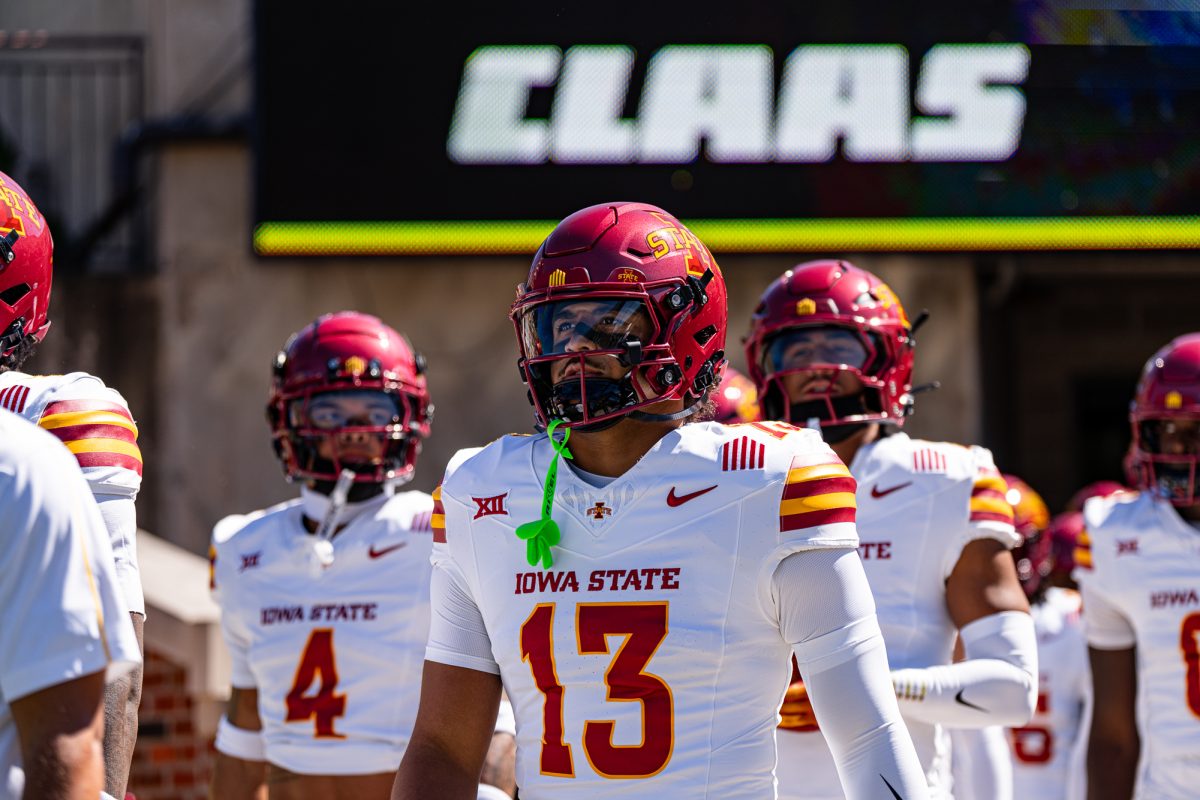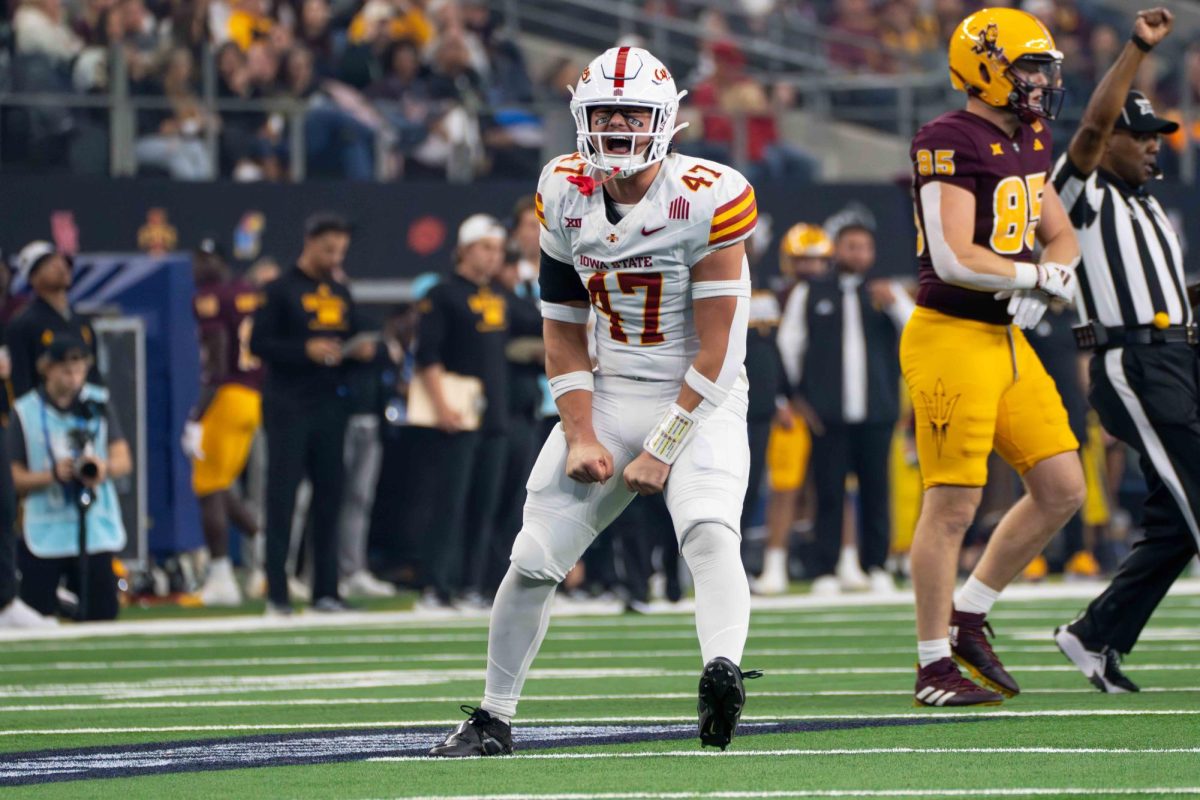Undergraduate and female enrollment rises (part 2)
September 13, 1998
If any members of the male population are uneasy about the female to male ratio at Iowa State, they can start to relax. The latest statistics show that at ISU, the female population is slowly starting to rise.
“As a freshman, I don’t know if the percent at ISU has risen or not, but I think that more females in my graduating class went on to college than in previous years,” said Emily Johnson, an undecided freshman.
Ryan Richardson, a fifth-year student working on his teaching license, said he had not really noticed the increase in ISU’s female population.
“I haven’t noticed for sure, but I think the university is doing a great job getting more minorities to apply,” he said.
In 1994, the total percentage of the female population at ISU was 42.0, or 10,391 women. In the fall of 1998, the percentage increased to 43.8, or 11,210 women.
During those same years, the number of males at ISU was 14,337 and 14,375, respectively.
“I haven’t noticed much of an increase, but I don’t spend much time on campus except for classes,” said Shelly King, senior in journalism and mass communication. “I think a reason for this may be that women want in more highly skilled fields.”
“It is hard to pinpoint just one reason for this increase, there are probably several of them,” said Pamela Thomas, director of the Margaret Sloss Women’s Center.
Some possible reasons for the increase are that more women are wanting to establish a career, gain financial stability and become independent.
At the University of Northern Iowa, the female enrollment also is starting to rise.
The numbers have increased from 7,229 in the fall of 1994 to 7,665 in the spring of 1998.
In the fall of 1994, the University of Iowa had 13,636 women, which increased to 14,599 by the spring of 1997.
With a gain of almost 1,000, the female population at U of I has increased the most.
U of I also has the most balanced percentage. In 1994, the percent of women was 50.6, and in 1997, it was 52.4.






